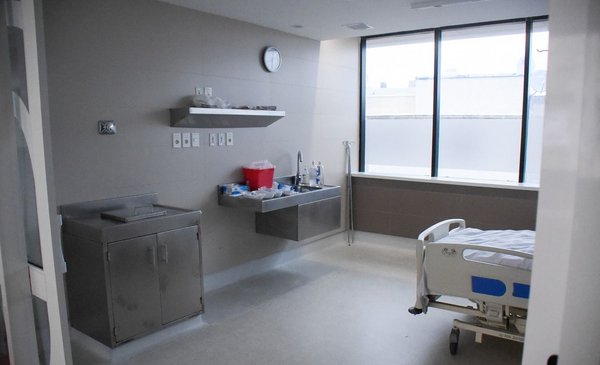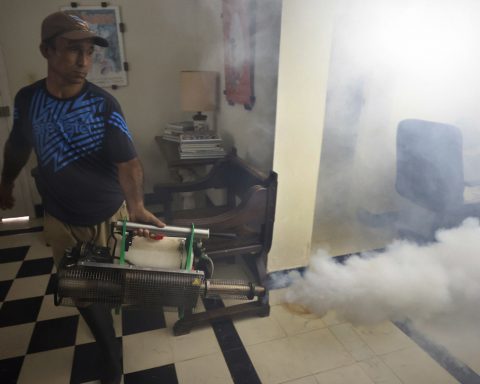When we think about the future of health institutions, what do we really think about? In technological improvements? In changes aimed at improving health or reducing disease?
Worldwide there is talk of great technological advances in all areas. For example, the Sky Cruise, a gigantic flying hotel for 5,000 people with a nuclear reactor on board, or the Foodom Restaurant, a fully automated restaurant in Guangzhou (China) or the Fly Zoo, a smart hotel in Hangzhou, also in China . Both are managed by artificial intelligence and fully serviced by robots.
In health centers these advances are also emerging hand in hand with the entry of new and better technology in all areas. At the diagnostic level, startup who work on diagnosing a heart attack or psychosis through a phone call, or identifying cancer through blood tests. In the therapeutic area, proteomic, genetic, 3D, etc. treatment centers appear, and in rehabilitation, robotic engineering develops body parts or robotic exoskeletons that will allow quadriplegic patients to walk. To this is added the appearance of the first robots with medical or nursing activity.
The world is undergoing a technological revolution and we must work to be aligned with these changes, accept them, process them and include them.
A question that must be asked is: Are the problems that we have today in healthcare companies solved with new technology? Surely many of them yes, but not all. So, what problems do we, the directors of healthcare companies, face today that we must solve? And, on the other hand, where do we position the future in that decision-making?
Differentiating a problem from a desire or an expectation may seem very easy. However, it is not so in practice. The same thing happens when we confuse a problem with the consequence it generates and we end up trying to solve that consequence without identifying how it was triggered.
In a consultation carried out with directors of the Health sector, the result was that the concern after three years focuses on problems related to human resources, financial resources, operational efficiency, prevention policies, internal control, communication channels with the population. , the importance of sustainability; to which was added the management of new technologies such as telemedicine. Seeing the future 10 or 15 years from now was difficult, due to the speed of changes that the world is experiencing, added to the short term that directives have to demonstrate the long-term benefits of their decisions.
Looking at the environment, changes are required in the short term that allow the positioning of healthcare companies as centers with the potential to be benchmarks. Globalization allows this positioning to transcend borders.
In health centers, advances are emerging hand in hand with the entry of new and better technology. Sanitation companies that are efficient will be more competitive.
We know that the resources we have are finite. Therefore, to be efficient companies, decisions are required based not only on the safety and efficacy of the options that are evaluated, but also on their efficiency.
This requires knowing not only the costs of said options, but also the result that they generate and choosing those that, when compared, have the best relationship between the variation in costs and the consequences that both options generate.
The WHO proposes to generate more and better health, understanding it as the state of complete physical, mental and social well-being, and not just the absence of conditions or diseases. It is important to analyze what our companies do to meet this goal, which includes not only our users (internal and external), but also the social environment that surrounds them.
Those healthcare companies that focus their existence on process management, that minimize resource losses (human, material and economic), whose health results show the greatest impact in reducing the appearance and/or maintenance of the disease in the population and that are efficient, they will be more competitive.
Evaluating and comparing ourselves is the best way to know where we are positioned. If we agree that the greatest efficiency within the health system is achieved by maintaining the health of all of us, that is, avoiding disease, then we must travel that path. To manage and invest in this health change, both the health policies that the Ministry of Public Health generates, as well as the actions and decisions of all health structures, as well as the behavior that each of us Uruguayans have, healthy or not, are important. .
Disease prevention as a management tool has been known for a long time. Implementing it and carrying it out is not only a government issue, it must be a priority for the company itself. We must not forget that we, the users of the health system, also have an important role in terms of our responsibility in the care and prevention of diseases in ourselves and those around us.
There are changes that we must make that do not require new technology. Working on them, leading that change and making the operation of healthcare companies compatible with the new global technological environment that is approaching, is the real challenge.















